The Pomegranate tree (Punica granatum)
This tree was planted by my grandmother in 1955.
Last year the fruit went into making jam, grenadine, and vodka.
***
***
The flower of invulnerability.
Achillea commemorates the Greek hero Achilles, who used yarrow to heal wounds.
Throughout history until the early part of the 20th century it was used in treating wounds,
and to staunch bleeding.
Its oils are anti-inflammatory and antiseptic,
the tannins are astringent and stop bleeding,
the silica promotes tissue repair.
An infusion is good for and eyebath, as skin lotion for varicose veins.
Good for the digestive tract, stimulates appetite.
*
Yarrow stalks were used in China, to reawaken the spiritual, I Ching used yarrow stalks for divination.
Last year I made Yarrow Beer.
***
***
Angelica (Angelica archangelica)
The flower of inspiration.
In ancient history it was a protective herb against illness, as well as evil spirits.
It stimulates the circulation, and is good for people who feel the cold.
It warms and invigorates the stomach, it is used for nausea, poor appetite and weak digestion.
It detoxifies the blood and protects against infection.
The oil is antibacterial and anti-fungal, a disinfectant uses to preserve food (wrap in leaves).
It relieves period and premenstrual pain.
***
Apple tree, Yarrow, Borage, Chamomile, Lemon balm, Lavender, Rue, Chrysanthemum, Sage, and Thyme.
***
Morning Glory with Feverfew.
Feverfew (Chrysanthemum parthenium, Tanacetum parthenium)
The flower of relief.
“Feverfew is ruled by Venus and hath commended it to succour our sisters to be a general strengthener
of their wombs, and to remedy such infirmities as a careless midwife hath there caused;
if they will be pleased to make use of her herb boiled in white wine,
and drink the decoction, it cleanseth the womb, expels the afterbirth
and doth a woman all the good she can desire of a herb”.
Culpeper
It is currently a remedy for headaches and migraine. Research and clinical trials
have shown that intractable migraines in 70% of sufferers improved after taking feverfew.
One in three had no further attacks. Can be eaten fresh, makes a bitter tea.
***
Echinacea (Echinacea augustifolia) Purple coneflower.
The flower of wholeness.
Three of the nine species are native to North America, and have medicinal benefits.
Purple coneflower was one of the most important medicinal plants
known to the native Americans.
Applied externally to wounds, burns, insect bites and swollen lymph glands,
taken internally for headaches, stomach aches, coughs and colds, to treat measles and gonorrhoea.
From 1895 to 1930 American doctors proved the effects of E. angustifolia in healing boils and abscesses,
blood poisoning, postpartum infection, malaria, typhus and TB.
German studies in the last 60 years have proved the remedy for septic conditions,
rheumatoid arthritis, antibiotic resistance, whooping-cough in children,
flu, catarrh, chronic respiratory track infections, gynecological infections,
urinary infections and skin infections.
***
***
Lemon balm (Melissa officinalis)
The flower of bees.
Lemon balm influences the limbic system in the brain which is concerned with
mood and temperament. A sedative, enhancing relaxation and inducing natural sleep,
calming tension and anxiety, and even mania and hysteria,
lemon balm is also restoring.
It can be taken as a tea frequently during the day or night.
Good for the digestive system, a bitter tonic support to stimulate the liver and gall-bladder.
A strong infusion in a warm bath will help calm you.
***
Rue (Ruta graveolens)
The herb of grace.
Rue is a powerful remedy and low doses are the rule.
It is used in the treatment of strained eyes and headaches caused by eyestrain.
It is useful for nervous headaches and heart palpitations.
It is an antispasmodic, and is used in treating the nervous system for indigestion.
The rutin strengthens fragile blood vessels and varicose veins.
An ointment containing rue is good for gouty, rheumatic pains
and for sprained or bruised tendons.
In Chinese medicine rue is specific for snake and insect bite.
The tea expels worms.
CAUTION: Do not use during pregnancy. It can cause a rash.
***
Borage (Borago officinalis) and Chamomile (Matricaria chamomilla)
Borage
The flower of courage.
Borage has a relaxing effect, and is said to dispel grief and sadness.
Modern research shows that borage stimulates the adrenal glands, the organs of courage,
increasing the secretion of adrenaline.
The hormonal properties of borage are present in the seeds which contain gamma linoleic acid.
The oil from the seeds can be used for menstrual problems,
allergies such as eczema, hay fever, and arthritis.
Borage tea can be taken to clear boils and skin rashes,
for arthritis and rheumatism, during infections to bring down a fever.
The mucilage in borage has a soothing action to
relieve sore throat and to sooth cough.
***
Chamomile
The flower of equilibrium.
The famous physician Dioscorides recommended it as a medicine for fevers in 900 BCE.
The Egyptians revered chamomile for its medicinal virtues, for its power to cure acute fever,
and dedicated it to the sun god Ra.
It was one of the nine sacred herbs of the Saxons who used it as a sedative.
German and Roman chamomile’s are similar, and serve the same uses.
It relaxes and relieves tension and spasm, and recommended
for colic in babies, abdominal pain, and any digestive upsets.
***
Clary Sage (Salvia sclarea)
The flower of elation.
Clary sage is a relaxing tonic to the nervous system, and excellent for stress.
A tea helps headaches, asthma, migraine, insomnia and indigestion.
It has an antispasmodic action and can relieve muscle tension, abdominal pain and constipation,
reduce period pains and ease childbirth.
It will help lift the spirits in depression.
Used topically, it can be applied to the skin to draw out inflammation and infection.
Aromatherapy Oil
Clary sage oil can produce a heightened state of elation or
euphoria, deeply relaxing and sleep-inducing.
***
***
Dandelion (Taraxacum officinale)
The flower of survival.
Used in medicine in Ancient Greece and was praised in herbals in the Middle Ages.
Taraxacum is from the Greek word, taraxo, meaning pain or remedy.
The leaves are edible, and may be used in salads, or cooked like spinach.
This plant is highly nutritious, rich in vitamins C and B, and pro-vitamin A,
and minerals potassium and iron.
Dandelion is a spring tonic, it expels toxins, wastes and pollutants through the liver and kidneys,
cleaning the blood.
***
Garden and vegetables…to keep me alive and healthy…grown from seeds.
The End (or the beginning). The compost!
Related articles
- Constituents of Herbs (studentnaturopath.wordpress.com)
- Herbal Medicine Kit – Bleeding (modernhomesteaders.net)
- Barefoot Productivity (lifewithlelah.wordpress.com)
Sources:
Flower Power, by Anne McIntyre, 1996, Henry Holt and Co. NY.
The New Age Herbalist, Editor Richard Mabley (1941), 1988, Simon and Schuster Inc. Gaia Books Ltd., London.

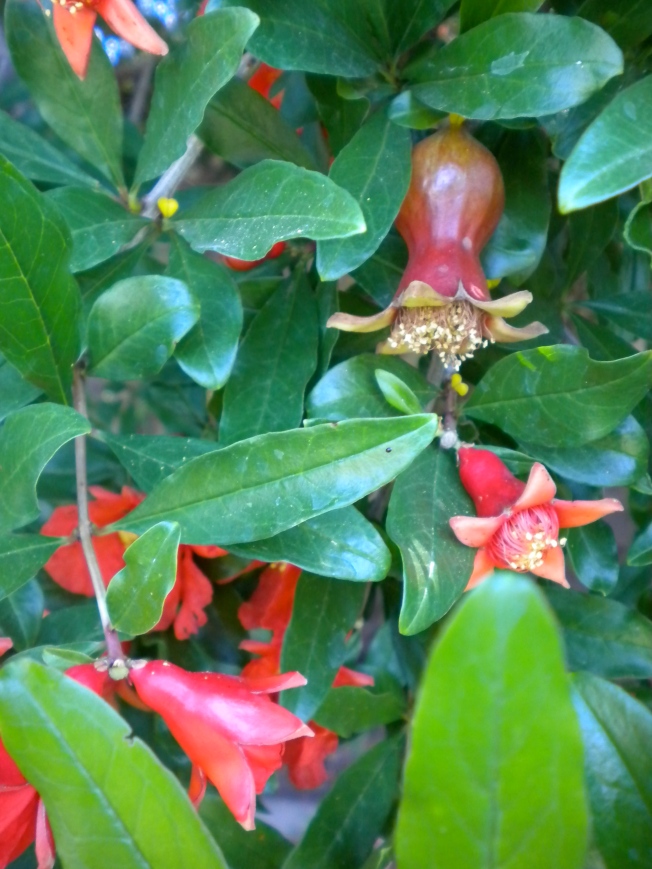

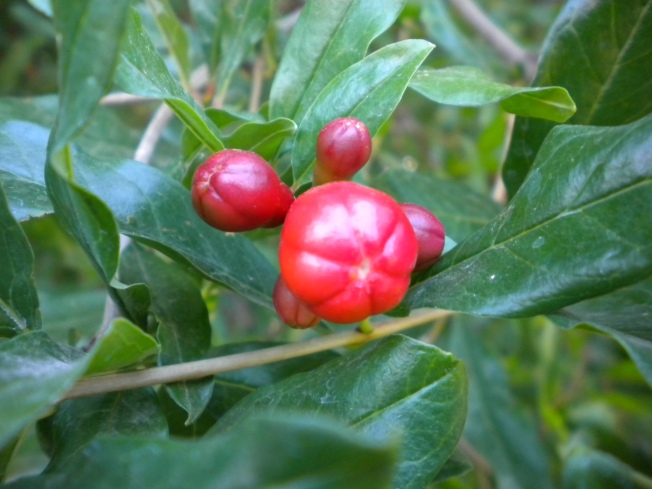

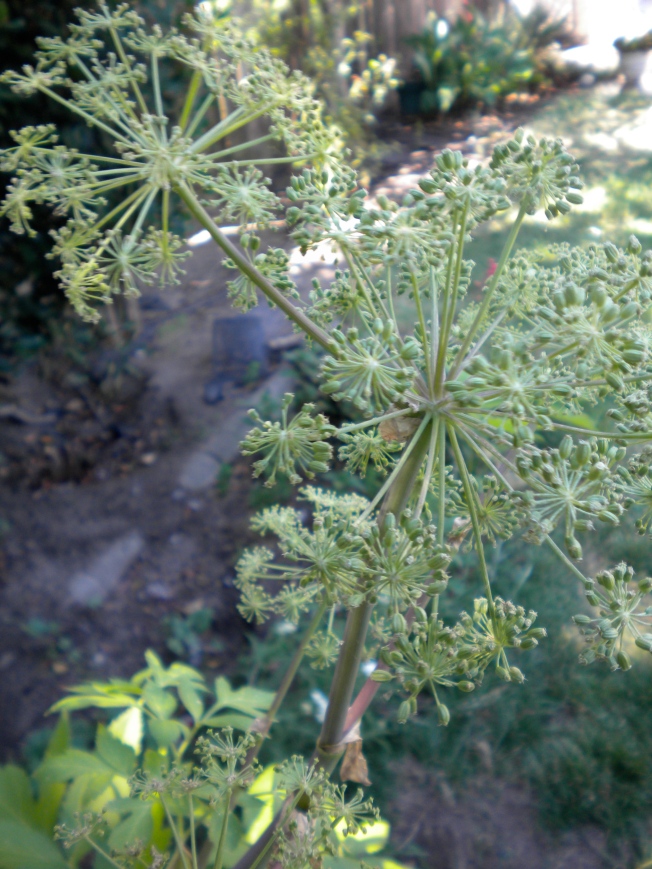

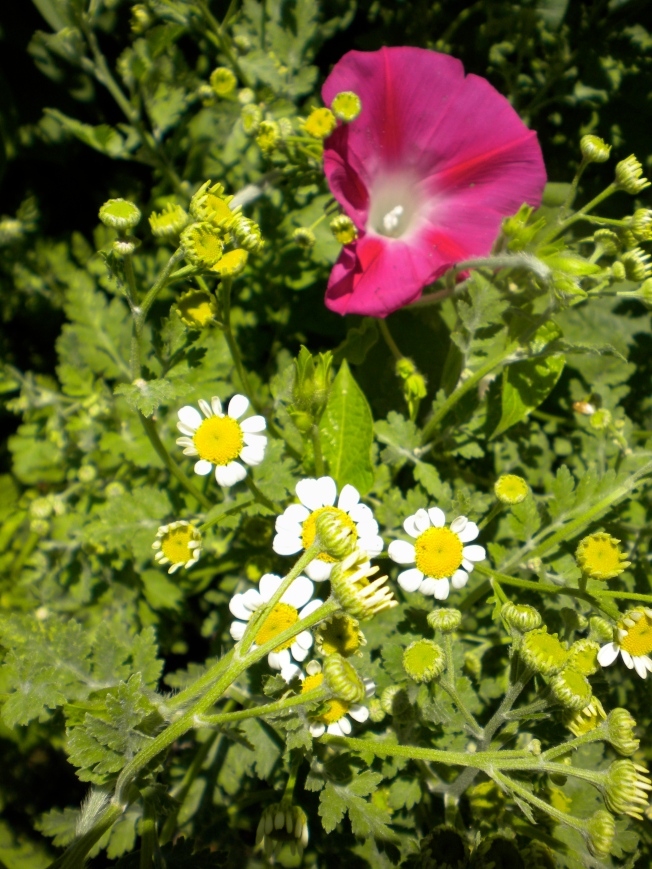
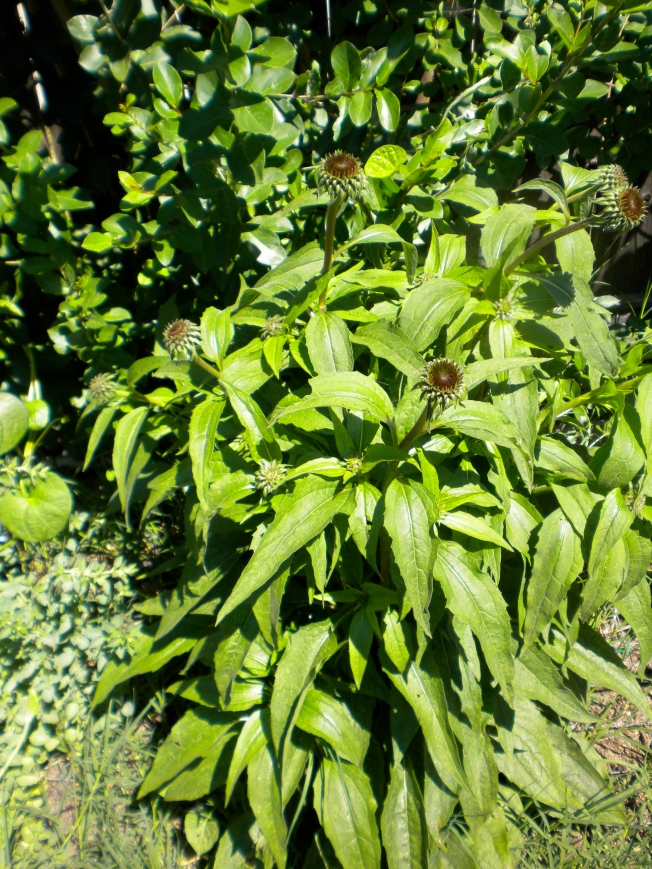

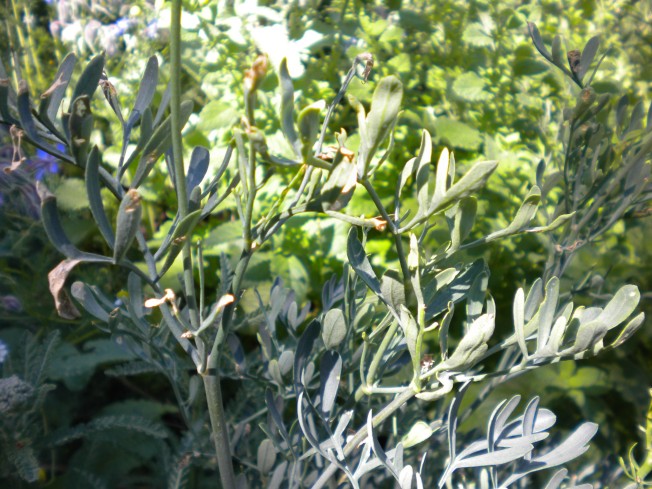

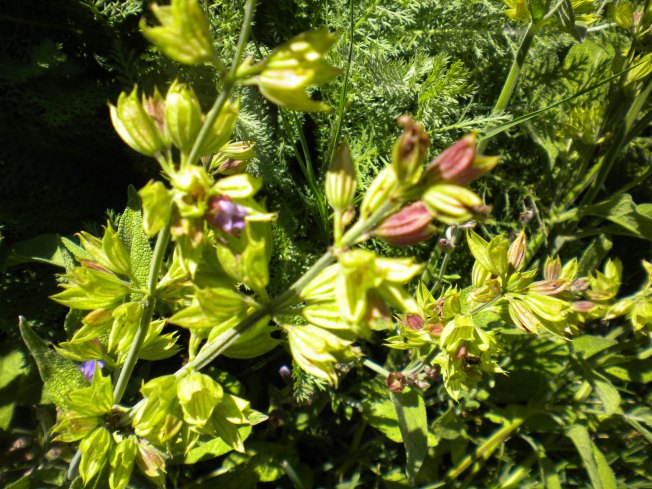
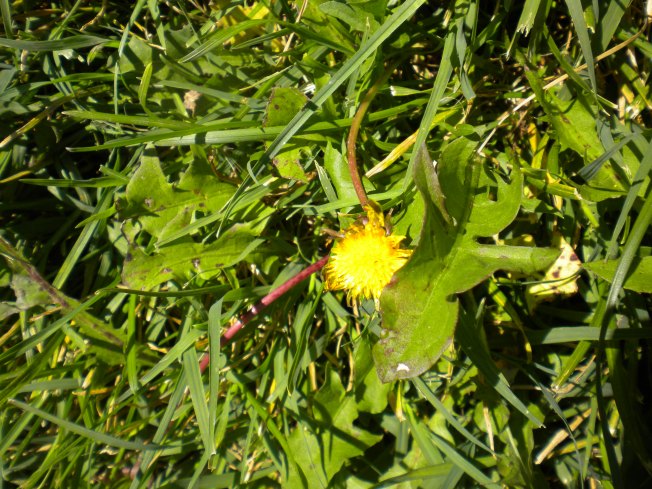
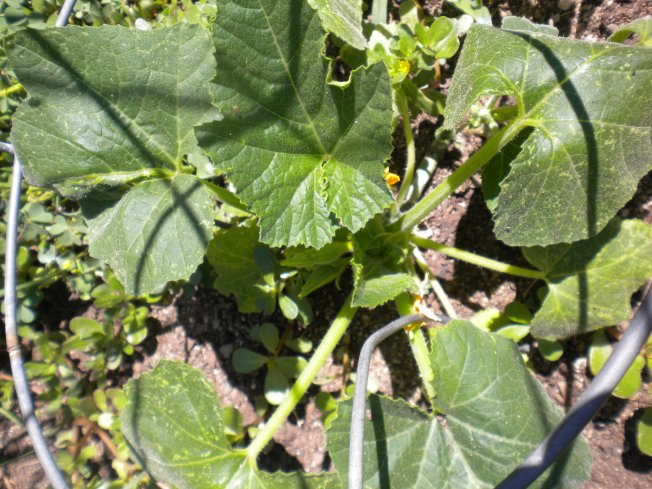
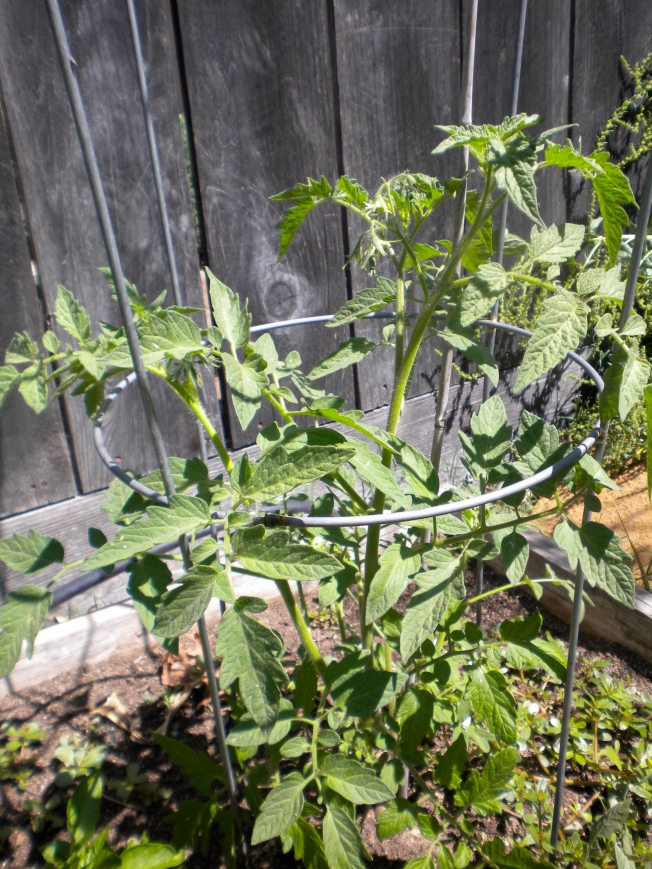
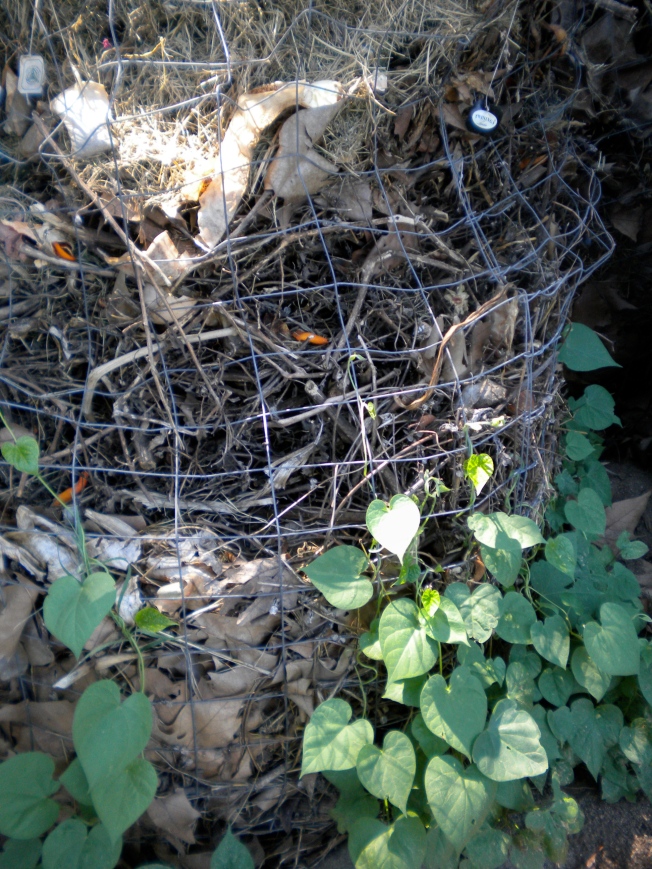



Pingback: Birth of a Painting Series IV: Blue Iris | Friend Nature: Artist D.A. Hartley
Pingback: Birth of a Painting Series IV: Blue Iris | Friend Nature: Artist D.A. Hartley